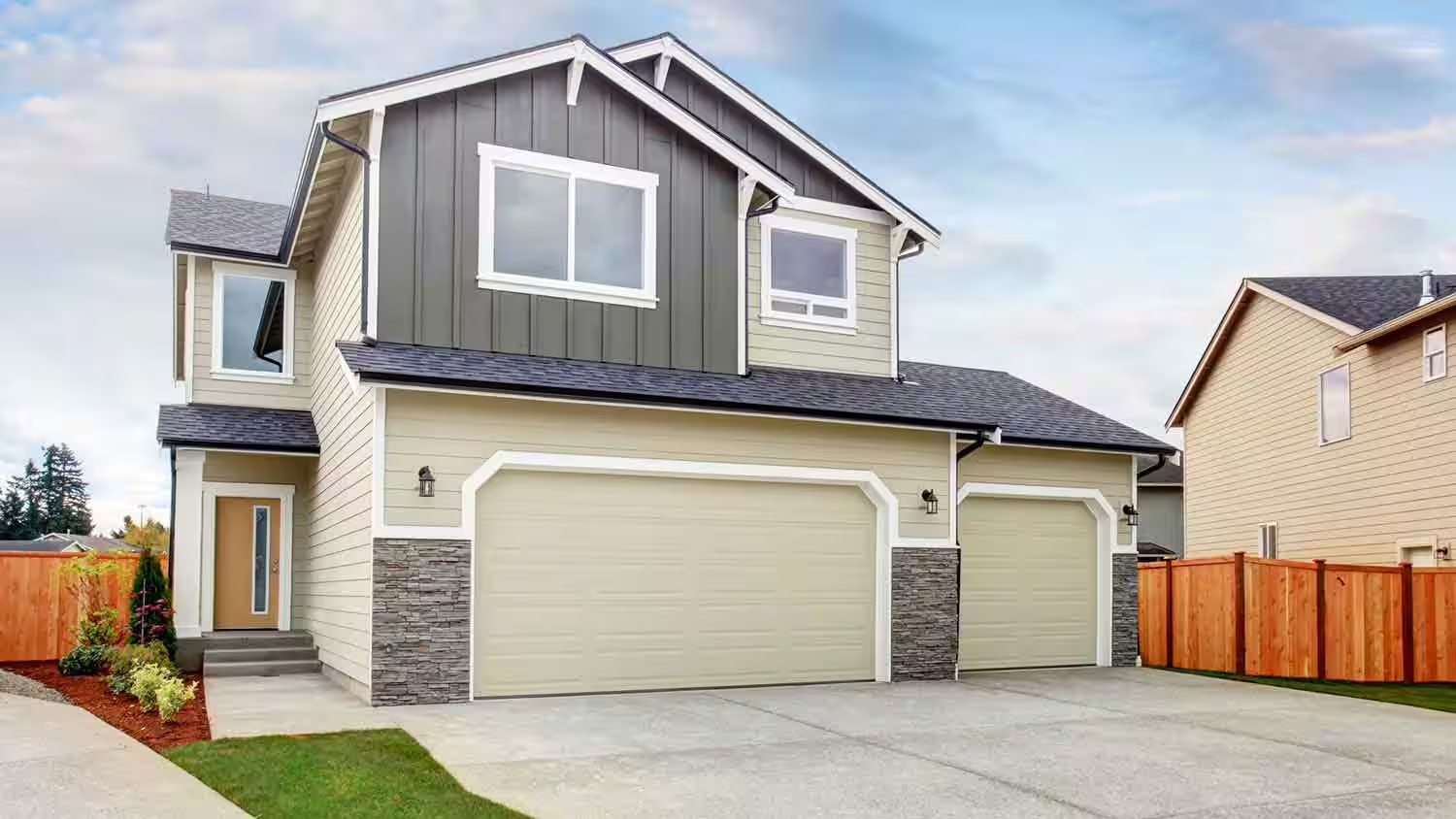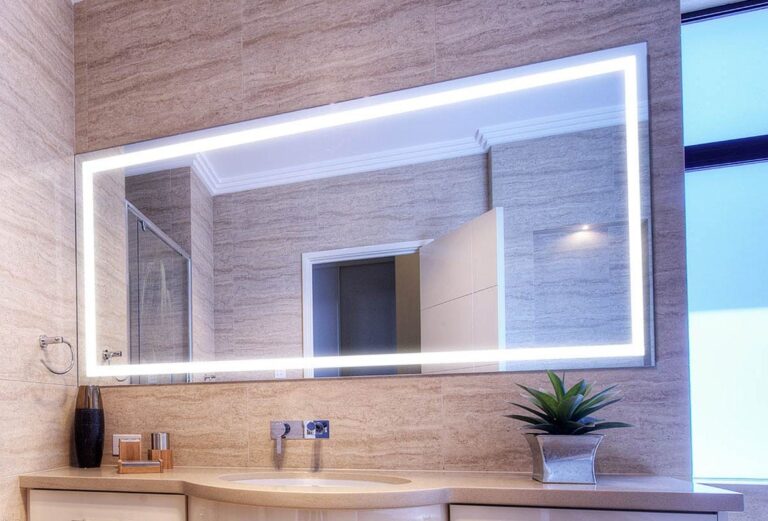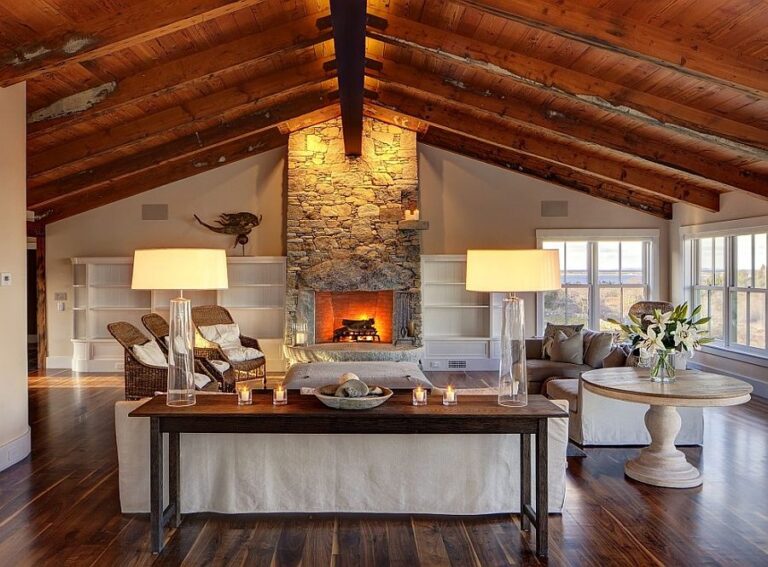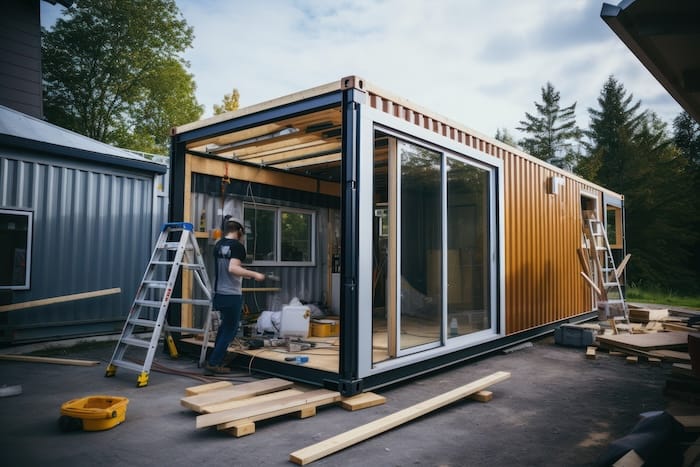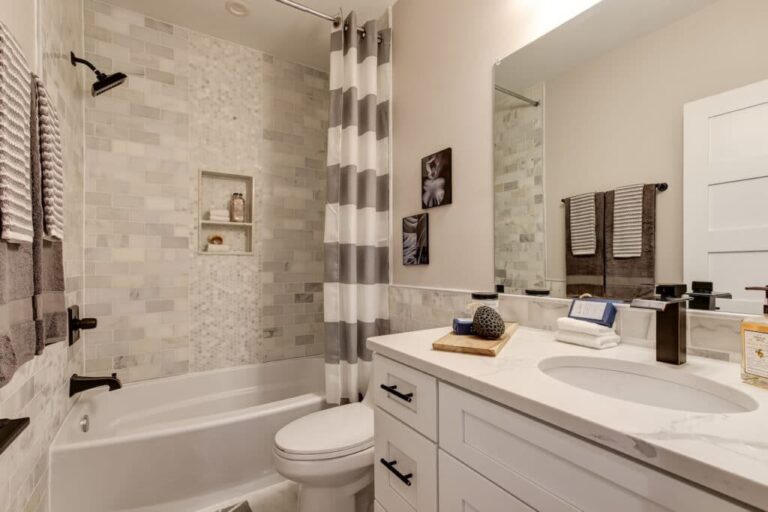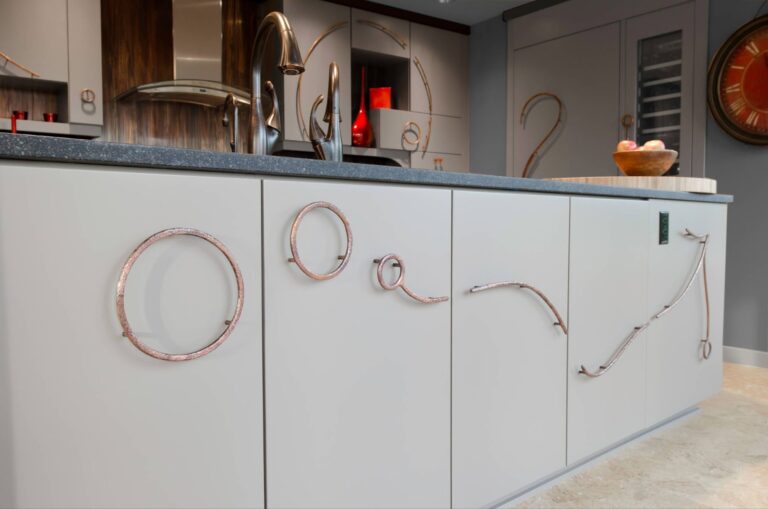Garage Door Won’t Close All the Way and Goes Back Up
When your garage door won’t close all the way and goes back up, it can be a frustrating problem. This common issue can stem from several factors, including safety sensor malfunctions, track obstructions, and incorrect limit settings. Below, we delve into the reasons behind this problem and how to fix it.
Causes and Solutions for a Garage Door That Won’t Close
Obstructed Path
One of the simplest reasons a garage door won’t close is an obstruction in its path. Even small items like debris or garden tools can trigger the safety sensors and cause the door to reverse. Check for any objects blocking the door’s path and remove them to resolve the issue.
Misaligned or Faulty Safety Sensors
Garage doors are equipped with safety sensors to prevent accidents. If these sensors are misaligned or malfunctioning, the door won’t close. Misalignment can often be fixed by adjusting the sensors so that they face each other directly. Cleaning the sensor lenses can also help if dust or cobwebs are obstructing the signal.
Limit Switch Settings
The limit switch determines how far the garage door should travel to close completely. If this setting is off, the door might close and then reopen. Adjusting the limit switch settings according to the garage door opener’s manual can usually fix this problem.
Damaged or Worn-Out Cables and Springs
Garage door cables and springs play a crucial role in its operation. Over time, these components can wear out or break, leading to issues with the door closing properly. Inspect the cables and springs for any signs of damage and replace them if necessary.
Track Issues
Bent or damaged tracks can also prevent a garage door from closing all the way. Inspect the tracks for any bends or obstructions and straighten them if needed. Regular maintenance can help keep the tracks in good condition.
Detailed Table on Common Issues and Solutions
| Problem | Description | Solution |
| Obstructed Path | Objects blocking the door’s path trigger the safety mechanism. | Remove any items in the path of the garage door. |
| Misaligned/Faulty Safety Sensors | Sensors not properly aligned or dirty can cause the door to reverse. | Realign the sensors and clean the lenses. |
| Incorrect Limit Switch Settings | Wrong settings make the door think it has hit an obstruction. | Adjust the limit switch settings as per the manual. |
| Damaged Cables and Springs | Worn-out or broken components affect door alignment and operation. | Inspect and replace damaged cables and springs. |
| Bent or Damaged Tracks | Tracks that are bent can obstruct the door’s movement. | Straighten or replace the tracks to ensure smooth operation. |
In-Depth Questions
How do I realign the safety sensors on my garage door?
Realigning safety sensors is a straightforward process:
- Locate the sensors on either side of the garage door.
- Use a level to ensure they are facing each other directly.
- Tighten any loose screws or brackets to secure the sensors.
- Clean the lenses with a soft cloth to remove any dirt or debris.
- Test the door to see if it closes properly.
What are the steps to adjust the limit switch on my garage door opener?
Adjusting the limit switch involves:
- Refer to the garage door opener’s manual for specific instructions.
- Locate the limit switch adjustment screws or knobs on the motor unit.
- Use a screwdriver to turn the adjustment screws in small increments.
- Test the door after each adjustment to ensure it closes completely without reopening.
- Continue adjusting until the door operates correctly.
How can I tell if the cables or springs on my garage door are damaged?
Signs of damaged cables or springs include:
- The door appears crooked when opening or closing.
- You hear loud noises or see visible wear and tear on the cables.
- The door moves unevenly or gets stuck halfway.
- Conduct a visual inspection of the springs and cables for any breaks or fraying.
- If you notice any damage, it’s best to call a professional for repairs.
What should I do if the tracks of my garage door are bent?
To address bent tracks:
- Inspect the tracks for any visible bends or obstructions.
- Use a rubber mallet to gently straighten minor bends.
- For severe damage, you may need to replace the tracks entirely.
- Ensure the tracks are properly aligned and securely fastened to the wall.
- Regularly clean and lubricate the tracks to maintain smooth operation.
Conclusion
A garage door that won’t close all the way and goes back up can be a nuisance. Understanding the common causes and knowing how to troubleshoot can save you time and frustration. Regular maintenance and prompt repairs are key to keeping your garage door in top condition. If you need professional help, don’t hesitate to contact MS Garage Door Service for reliable and expert service. Ensuring your garage door operates smoothly not only enhances convenience but also contributes to the safety and security of your home.
Keep an eye for more latest news & updates on Next Web Log!
